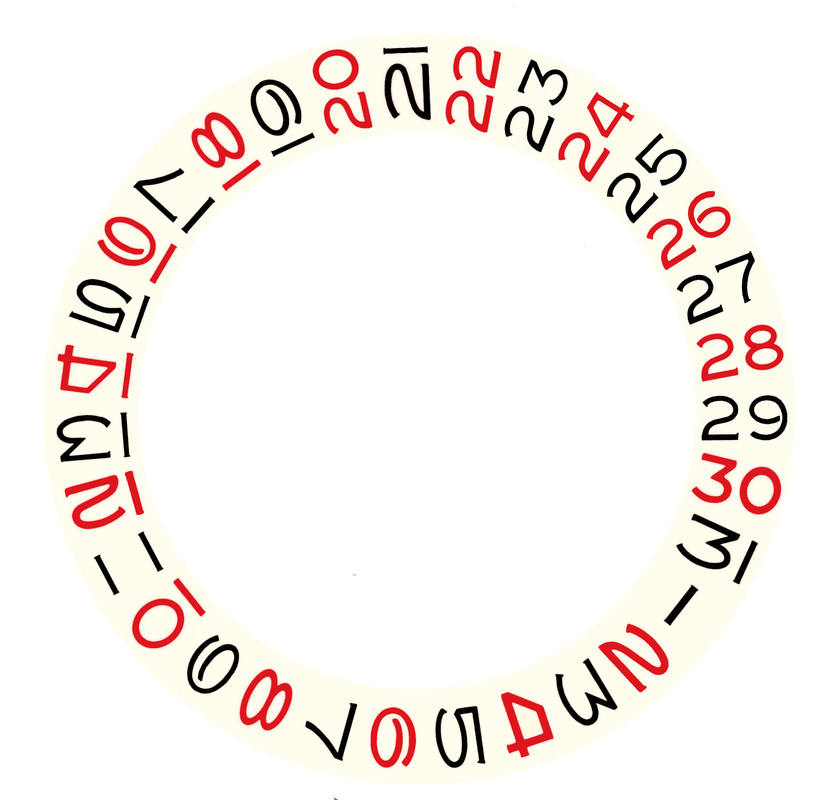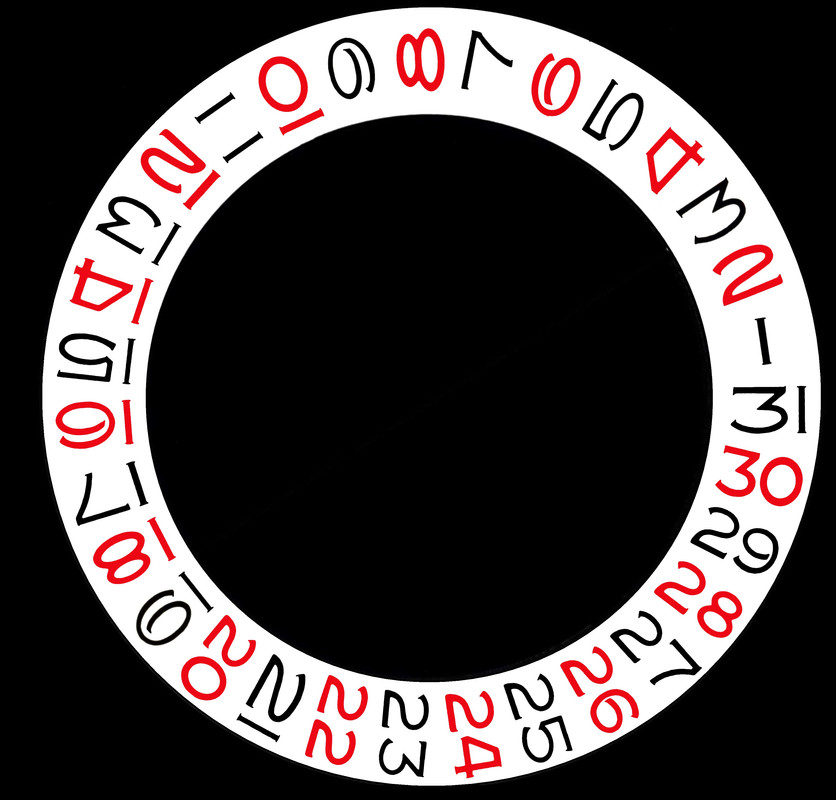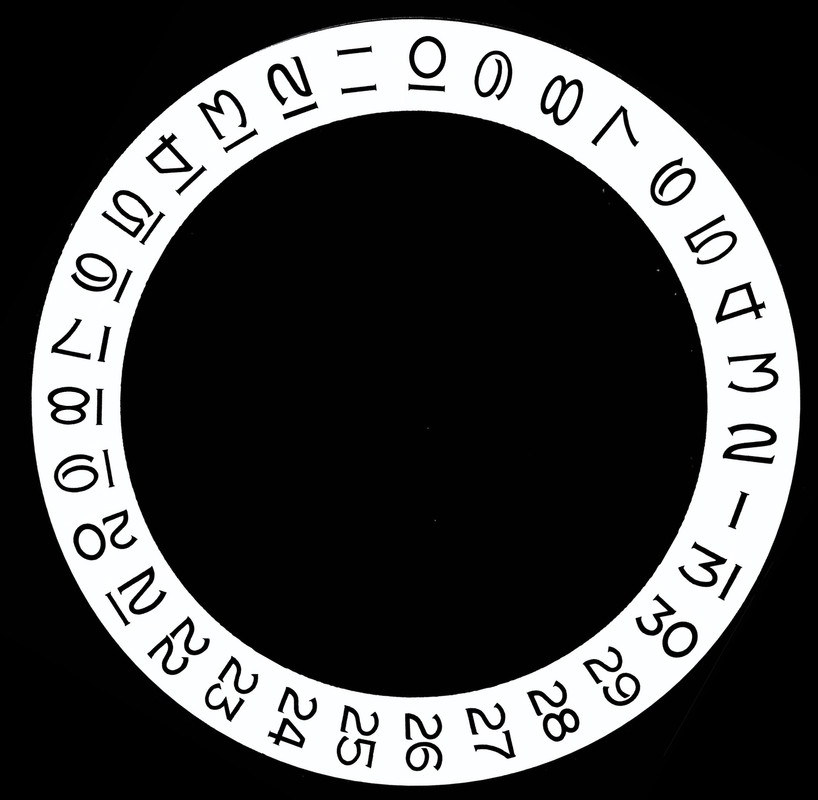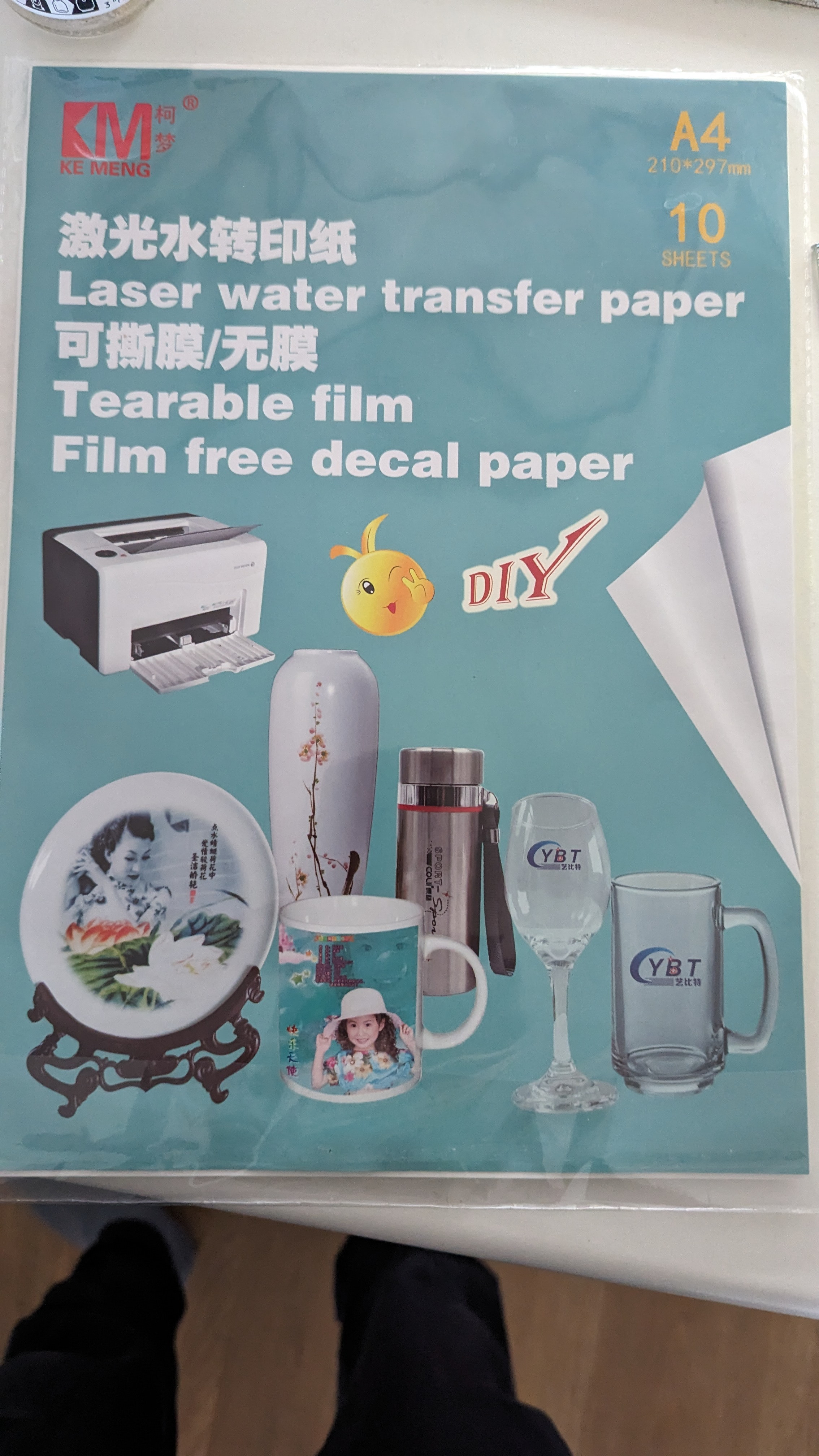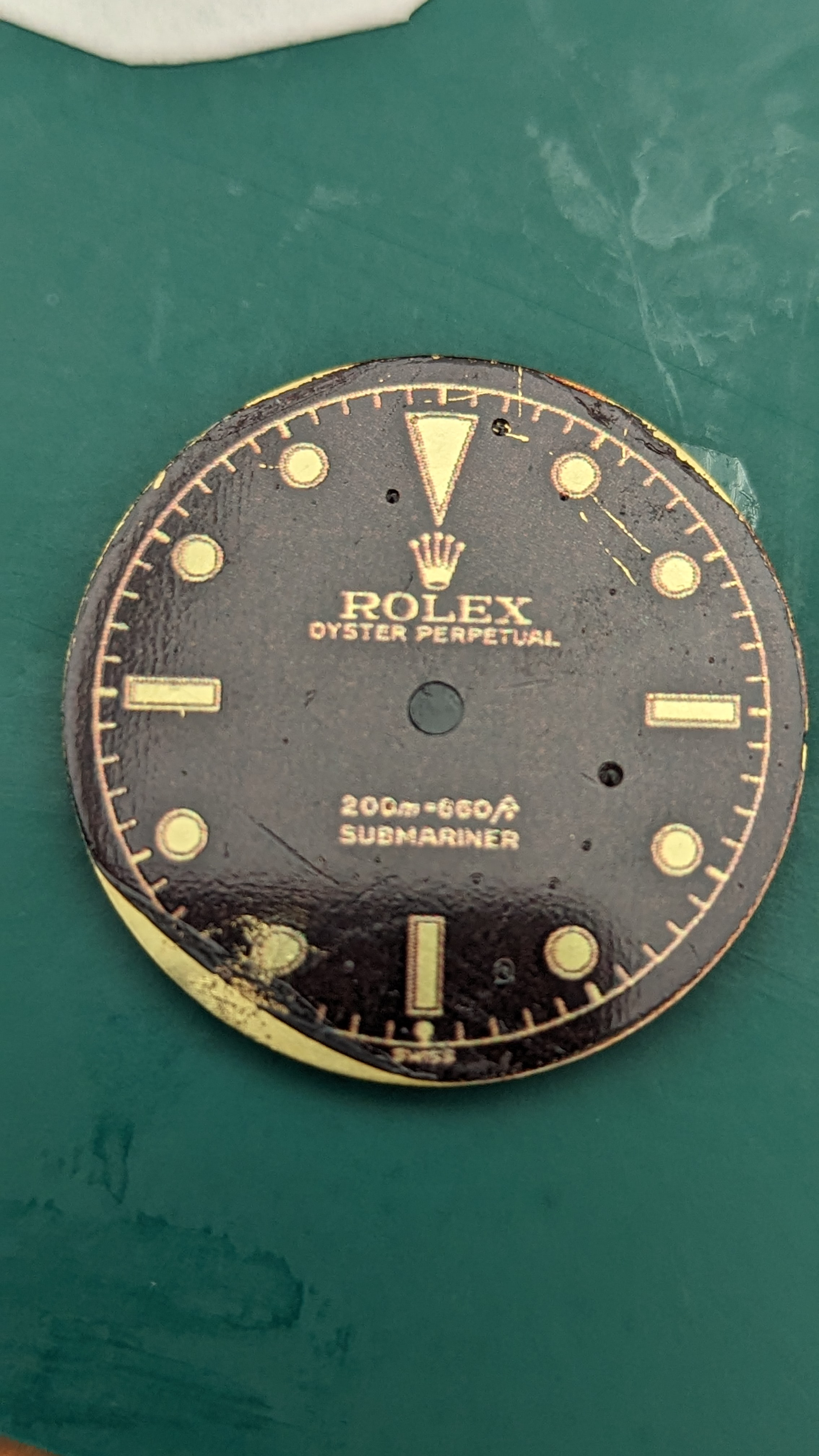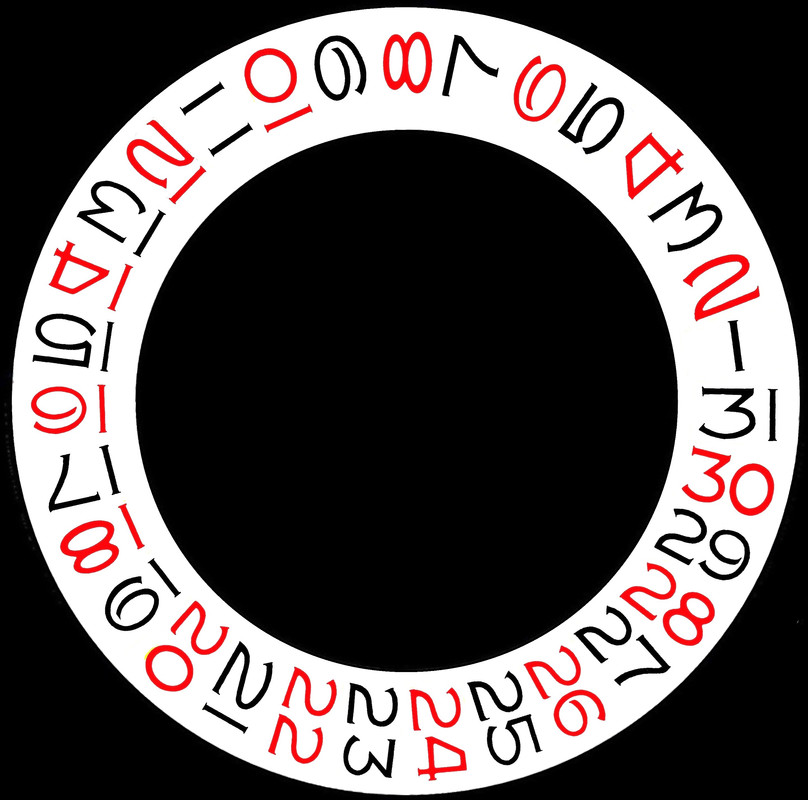I really appreciate these answers. There's no doubt the printer, driver, and other variables affect the quality, but it sounds like a vector/SVG is not mandatory. Checking off this box, and noting to try PNG!
As for 1200 x 600 only being an actual 600dpi, I agree. But with my OKI laser at 1200 x 600dpi, there was a tremendous improvement for me when I switched to rich black (with 4 colors printing at 1200 x 600dpi) instead of pure black only. Only mentioning for anyone else that is trying to print in Black and White and getting excessive pixels. I've really only been testing on my OKI 1200 x 600 color laser, but I also have a Xerox 1200 x 1200 color laser and an Epson Ecotank inkjet with "4800 x 1200 optimized dpi"...whatever that means.
That leads me to two final questions.
1) Has anyone noticed a difference between a 54mm image at 600dpi (printing at 50% size) vs a 27mm image at 100% that is 1200dpi? Technically, it should be the same result, but I could also imagine the "optimization software" might render a different result if it caused the printer algorithm to switch.
2) Assuming I could get the best results with my inkjet, would using an inkjet transparency over photoresist film produce a cleaner outcome than toner transfer? In other words, does typical photoresist film have its own maximum "resolution" that is worth an extra concern?

